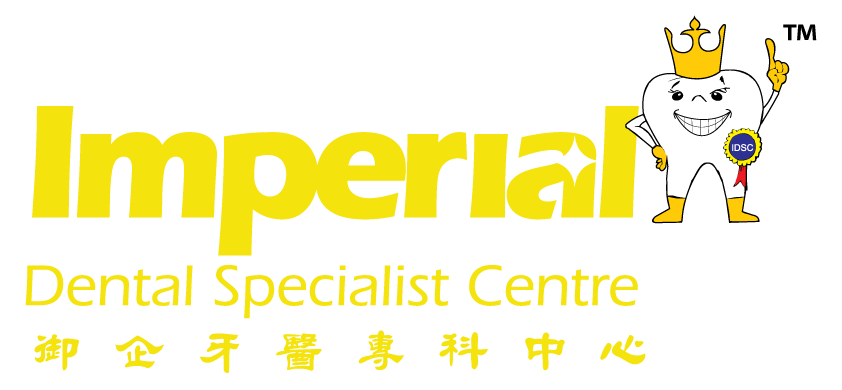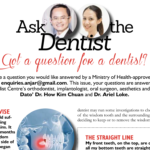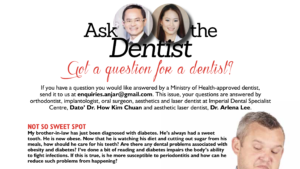FEELING UNWISE
I am a 20-year-old suffering from ongoing wisdom tooth pains. It all started a few months back when a wisdom tooth on the left side of my bottom jaw began erupting. Not only did I have to endure weeks of sleepless nights due to pain, I had bad breath and couldn’t eat crunchy foods.
After I thought the nightmare was over, all the symptoms returned once again as the wisdom tooth on the right side decided to pop out. I have been doing research on wisdom tooth extractions and it seems very invasive. Although I know that extraction is best, I’m very afraid of pain and surgery. What should I do?
It is very common to see lower wisdom tooth erupting at your age. During the eruption, there will be discomfort and swelling gums around the back of the molars. The opening of the gum surface can be a reservoir for bacteria to grow. If you don’t clean it properly, food and plaque will stick there and cause infection around the gums which we know as pericoronitis. This might be the reason you are having severe pain and bad breath.
The symptoms will resolve if the wisdom tooth erupts into the oral cavity in a straight position. However, there’s a chance that the wisdom tooth does not have enough space to erupt, hence causing it to lie sideways and push on the adjacent structures.
To extract or not to extract the wisdom tooth has always been a dilemma for most patients. If the tooth has no symptoms after the eruption, we can observe and review the tooth from time to time. However, if the wisdom tooth is impacted and causing symptoms such as cystic formation, decay on the adjacent tooth, recurrent pain and infection, it is better to extract it.
If the wisdom tooth is indicated for extraction, it will usually be done under local anesthesia, sedation or general anesthesia and performed by an oral surgeon or dentist. The options and complications will be discussed during the consultation. Don’t worry because you won’t feel pain during the procedure due to the numbing effect. Post-op medication will be given to relieve your pain and swelling.
Please make sure you visit your dentist so that he or she can check for the signs and symptoms. During the visit your dentist may run some investigations to check the position of the wisdom tooth and the surrounding structures before deciding to keep or to remove the wisdom tooth.
THE STRAIGHT LINE
My front teeth, on the top, are crooked but all my bottom teeth are straight. However, I have been told that I will need to have braces on both the upper and lower teeth. Why is this so?

It is all depends on the severity of your malocclusion. If only minor adjustment IS needed, and you are ready to accept the “less-than-perfect” outcome of the treatment, then it’s possible to only put braces on the upper teeth.
However, if there will be a change in your occlusion during orthodontic treatment, for instance if extraction is needed to relieve the crowding, then it is advisable to have braces on both upper and lower arches. This is important to make sure your upper and lower teeth come together harmoniously after the treatment.










